CareTalk Podcast: Why Rare Disease Research is SO Important
In the CareTalk episode, “Why Rare Disease Research is So Important” Co-host, David Williams is joined by Nasha Fitter, CEO of FOXG1 Research Foundation, which is dedicated to finding a cure for FOXG1 Syndrome and Vice President of RWE and Ciitizen Platform at Invitae, to shed light on the importance of rare disease research, the challenges it faces, and the promising developments in this field.
ONCE UPON A GENE - EPISODE 163 - How Far We've Come - with Nicole Johnson
Effie Parks talks to the co-founder of the FOXG1 Research Foundation, Nicole Johnson in this episode of Once Upon a Gene. Nicole shares the FOXG1 Research Foundation journey marking five years, and shares tips on how to throw a successful conference for scientists, clinicians and parents from all over the world
ONCE UPON A GENE - The 12 Commandments to Guide You When You're Starting a Rare Disease Patient Advocacy Group. With Nasha Fitter and Mike Graglia
Effie Parks celebrated podcast Once Upon a Gene Episode 094: FOXG1 advocate Nasha Fitter and SYNGAP1 advocate Mike Graglia are leaders in the rare disease community and two of the top parent leaders in the advocacy game. In this episode, they're sharing their knowledge, expertise and experiences in an information-packed masterclass on how to build a rare disease patient advocacy group, get funding and forge a path to a cure.
